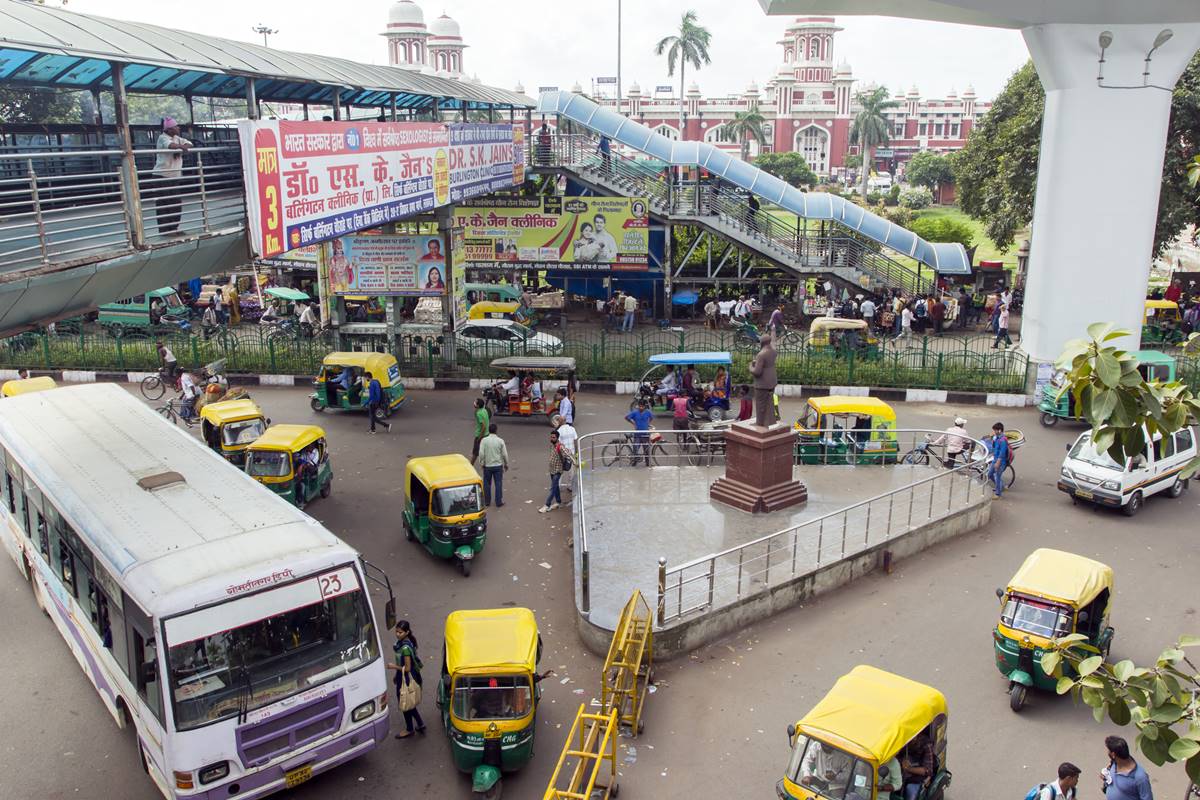Vidya Balan targeted in deepfake scam, issues urgent warning
Vidya Balan warns fans against fake AI-generated deepfake video, urging caution and verification before sharing misleading content.
We have just successfully repackaged citizens’ essential needs into a new project called “smart cities”

Representational image. (Photo: Getty Images)
Imagine an India with citizen friendly self-sustainable urban settlements where traffic is managed through AI driven cameras, criminal hotpots are under constant smart CCTV surveillance, public transport is managed by GPS, lighting is smart and power efficient, waste is collected and segregated on time and housing is affordable. All of this and more would be monitored and controlled through integrated central command center, where the authorities, powered by quality and real-time metrics would be able to help citizens real-time. More than 2 lakh crore is proposed for 99 chosen cities to implement these initiatives to make them smart cities.
But in all this, there was no universally accepted definition of smart city was provided. Smart cities are described as those cities which provide core infrastructure, and give decent quality of life to its citizens, a clean and sustainable environment and application of “smart” solutions.
Advertisement
We have just successfully repackaged citizens’ essential needs into a new project called “smart cities”
Advertisement
Out of the Rs 2 lakh crore proposed investment, Rs 1.63 lakh crore is for revamping existing area, and rest for “smart initiatives”. And even when we include areas which would be revamped, we are talking about very small footprints.
Largest area to come under “smart” development is proposed by Srinagar and is 2%. Guwahati, Indore, Pune, Lucknow, Ranchi, Kota, Nashik, Amravati are at 1%. Other are at similar numbers or lesser. Aurangabad, Patna and Ludhiana will see shades under 2.5% of their population impacted due to these solutions, impact in all other cities are lower.
These numbers are from a study done by Housing and Land Rights Network. How does a plan or proposal affecting necessities of 2% population living in 2% of city, makes the whole city smart?
We have 99 smart cities, which have 99 different plans. Each city must form a Special Purpose Vehicle (which is taking anywhere between 3 months to a year), which will appoint a Project Management Committee (which is also taking 3-9 months), which will then prepare a Detailed Project Report, which when passed by the BOD of SPV, after which Request for Proposals would be created, which will go to the Tendering stage, where after Proof of Concepts by participating companies, one would be selected for execution. And if everything goes as planned, then a Central Command Centre would be set up.
All these steps would be repeated 99 times separately in each city. Combine this with the fact that SPV will have representatives from Central Government, state Government, and Municipal Corporation who will appoint a CEO for work with them. Municipal Corporations are not answerable to public and fear that SPV will eventually take over their role (which should actually happen, else there are two separate entities managing same things), and this one company or SPV formed will handle every project, right from road to sanitation to parking to surveillance to affordable housing. Of course, things are going slow.
Out of 3008 projects, 8% are finished, utilizing fewer than 2% of the total funds. 65% projects have not seen their Detailed Project reports. There is inaction, lack of technical skills, rudimentary security framework and limited capacity.
We cannot get 99 experienced geniuses for every problem for the selected 99 cities. It would have been ideal to first identify (or rather force if possible) common problems, let best teams to arrive at a template execution plans, and then allow these cities to customize based on their requirements. We would have gained from economies of scale, shortage of experienced talent, planning expenditure, and time of execution. And the best part is, these teams would have confirmed that the sequence of building a public area, like a road, is to first let Archaeological Survey of India confirm we are not destroying our history, then lay underground electric and internet cables, sewage and water pipes, then erect poles followed by roads and then AI driven smart cameras, and just not in any other order.
And India needs these basics desperately.
(Rohan Shravan is Founder & Director of Inkers. Views expressed are his personal)
Advertisement